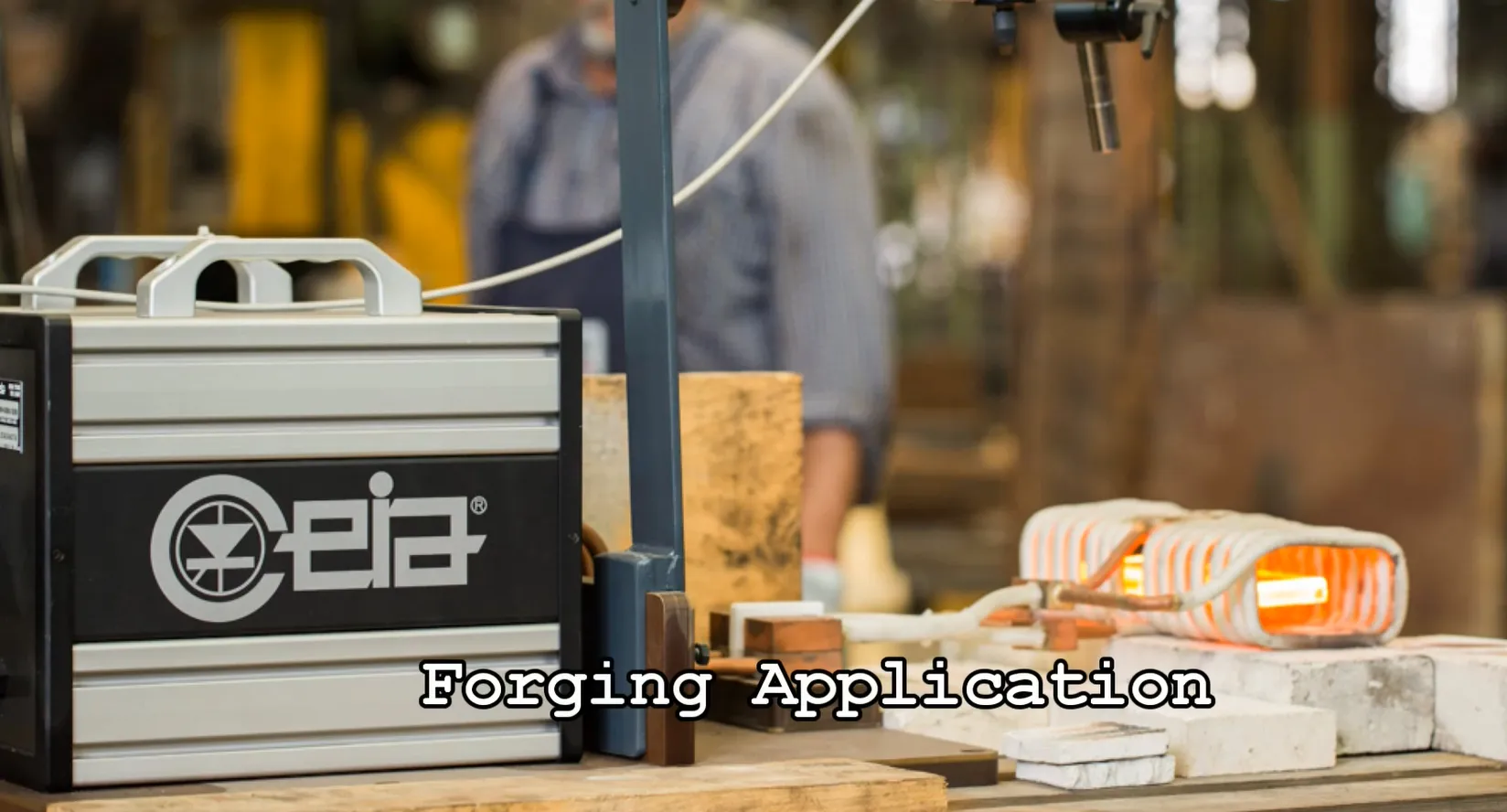Precision Forging Solutions Powered by Induction Heating
Induction heating is gaining momentum in forging for its speed, accuracy, and energy efficiency. It delivers targeted, repeatable heat for billets, bar ends, and parts. This blog explores how it helps manufacturers increase productivity and reduce costs.

Forging is one of the oldest and most reliable metalworking processes, used to shape metal parts under pressure from hammers or presses. Whether warm or hot forging, each method plays a vital role in shaping components for critical industries such as automotive, aerospace, and manufacturing.
As demand for precision, energy savings, and faster cycle times increases, many operations are moving away from traditional furnace or torch heating. Induction heating has emerged as an innovative alternative, providing efficient, targeted, and reliable heating for modern forging applications.
What is Induction Heating for Forging?
Induction heating uses electrical currents to generate heat directly within the metal part. The process is non-contact, clean, and capable of delivering heat rapidly to a specific section or the entire part. Whether heating a full billet or just a bar end, induction offers a level of precision difficult to achieve with conventional methods.
Why Choose Induction Heating for Forging?
When preparing metal parts for forging, induction heating offers distinct benefits:
- Faster heating: Achieves forging temperatures in seconds, reducing cycle times
- Precision and consistency: Enables localized or full-part heating with repeatable results
- Energy efficiency: Consumes less energy than gas or resistance heating methods
- Cleaner, safer operation: Eliminates open flames and reduces excess heat in work areas
- Easily automated: Integrates into automated production lines for seamless workflow
Real-World Forging Applications
Induction heating is widely adopted in industries where speed, precision, and consistency are critical. Here are several examples of real-world forging uses:
Hot Heading Fasteners
- Steel rods are heated in seconds for hot heading, replacing slower, less precise torch systems. This method ensures uniform heat distribution, improving die life and forging consistency in fastener manufacturing.
Forming Magnetic Steel Parts
- Components reach forming temperatures within minutes using precisely designed coils. This produces clean, targeted heat that is safer and more consistent than flame heating.
Heating Rods of Various Materials
- Induction accommodates steel, stainless steel, titanium, and Inconel rods. A single coil can be engineered to handle all material variations, enabling flexible production.
Brass Rod Preheating
- In processes requiring rapid heating of brass cylinders before forging, induction reduces cycle times. This accelerates production and creates a more controlled work environment.
Billet Preheating for Rolling or Pressing
- Billets are preheated to precise surface temperatures before transfer into forging presses or rolling mills. Induction preheating enhances energy efficiency, shortens furnace time, and helps maintain consistent grain structure.
Preheating Before Secondary Processing
- Certain materials are preheated to moderate temperatures prior to entering gas furnaces or secondary operations. This hybrid method alleviates load on larger heating systems and improves overall throughput.
Through-Curie Heating
- Special applications require heating parts beyond the Curie point to modify magnetic properties or prepare for metallurgical changes. Induction enables these processes with precise temperature control and consistent outcomes.
Flexible Systems for Diverse Needs
Induction systems can be tailored for various materials, part sizes, and processing speeds. Frequencies range from as low as 6kHz for large billets to 100kHz for small, high-speed parts. Whether heating bar ends for automotive components or billets for industrial parts, systems deliver consistent heat without sacrificing productivity.
Test Before You Commit
One of the greatest advantages of induction heating is the ability to test your application before investing in a system. CEIA USA offers free lab testing, where engineers assess your parts, determine optimal heating profiles, and provide video documentation along with system recommendations.
This ensures the solution meets your specific production goals, whether scaling output, improving energy efficiency, or eliminating process inconsistencies.
A Modern Solution for Modern Forging
Induction heating marks a technological advance in forging. It delivers cleaner, faster, and more controlled heating. It's ideal for companies seeking to improve efficiency, ensure quality, and remain competitive in today’s demanding manufacturing environment.
Interested in exploring induction heating for your forging process? Start by testing your parts with an applications team and see the results firsthand.

